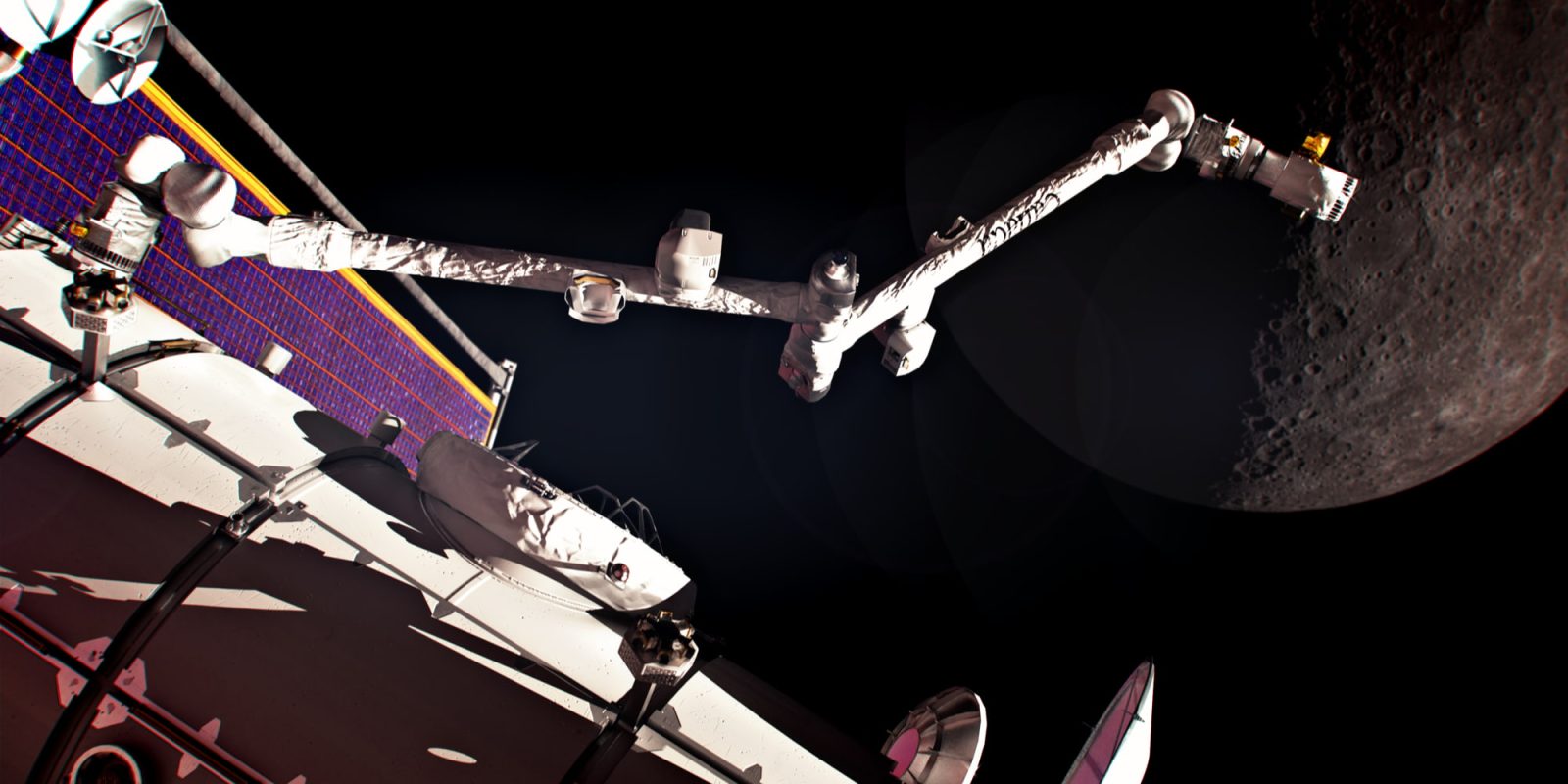Rocket Lab, under the leadership of its founder and CEO Peter Beck, continues to expand its influence and capabilities in the global space industry. Known for its Electron rocket, a leading small satellite launch vehicle, the company is now venturing into more ambitious territories with the development of the Neutron rocket and the upcoming Venus Life Finder mission.
Expand Expanding CloseRocket Lab’s expanding global footprint: Neutron rocket, reusability, and Venus Life Finder mission























